Detecting ‘technosignatures’ such as hypothetical Dyson spheres in space could lead us to extraterrestrial life, and now NASA is funding the search.
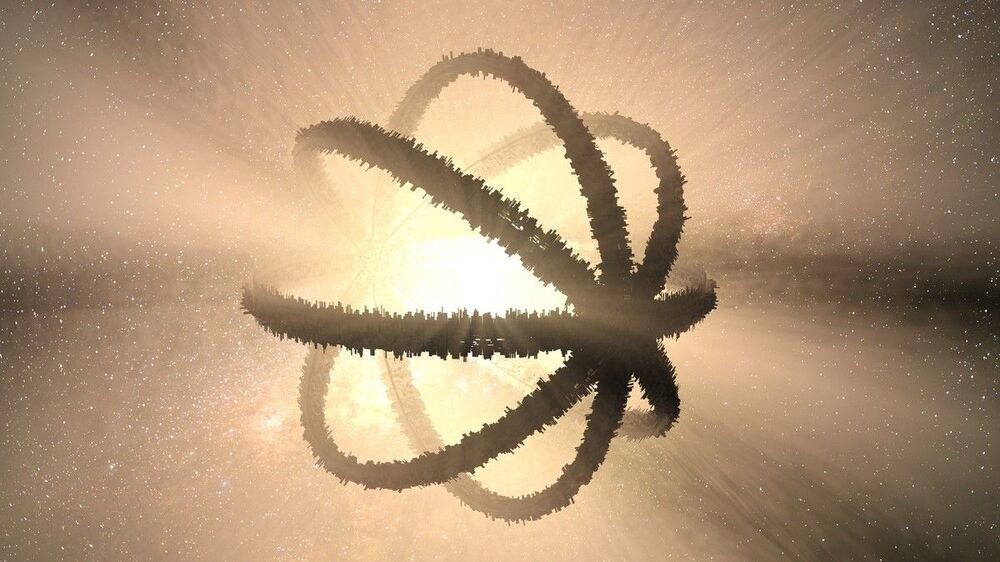

Among the three billionaires throwing money behind their own rockets in a race to space, Richard Branson may be the first to take flight after his company Virgin Galactic received approval from the U.S. aviation safety regulator to fly people to space.
Watch The National live on YouTube Sunday-Friday at 9 p.m. ET
Connect with The National online:
Facebook | https://www.facebook.com/thenational.
Twitter | https://twitter.com/CBCTheNational.
Instagram | https://www.instagram.com/cbcthenational.
More from CBC News | https://www.cbc.ca/news.
The National is CBC’s flagship nightly news program, featuring the day’s top stories with in-depth and original journalism, with hosts Adrienne Arsenault and Andrew Chang in Toronto, Ian Hanomansing in Vancouver and the CBC’s chief political correspondent, Rosemary Barton in Ottawa.

A unique study of ancient diamonds has shown that the basic chemical composition of the Earth’s atmosphere which makes it suitable for life’s explosion of diversity was laid down at least 2.7 billion years ago. Volatile gases conserved in diamonds found in ancient rocks were present in similar proportions to those found in today’s mantle, which in turn indicates that there has been no fundamental change in the proportions of volatiles in the atmosphere over the last few billion years. This shows that one of the basic conditions necessary to support life, the presence of life-giving elements in sufficient quantity, appeared soon after Earth formed, and has remained fairly constant ever since.
Presenting the work at the Goldschmidt Geochemistry Conference, lead researcher Dr. Michael Broadly said, “The proportion and make-up of volatiles in the atmosphere reflects that found in the mantle, and we have no evidence of a significant change since these diamonds were formed 2.7 billion years ago.”
Volatiles, such as hydrogen, nitrogen, neon, and carbon-bearing species are light chemical elements and compounds, which can be readily vaporized due to heat, or pressure changes. They are necessary for life, especially carbon and nitrogen. Not all planets are rich in volatiles; Earth is volatile-rich, as is Venus, but Mars and the Moon lost most of their volatiles into space. Generally, a planet rich in volatiles has a better chance of sustaining life, which is why much of the search for life on planets surrounding distant stars (exoplanets) has focused on looking for volatiles.
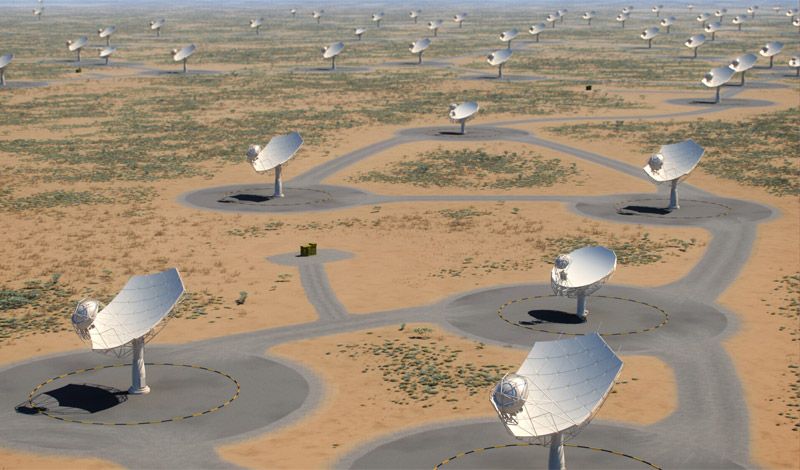
The biggest ever radio telescope just started construction, and is scheduled to begin science operations in 2027. It will be 50 times more sensitive than any previous observatory, and 10000 times faster at gathering data. It will study the so-called Dark Ages (just 380000 years after the Big Bang), as well as large-scale galactic structures, and could even look for signs of alien life.
This week, construction officially began on the Square Kilometre Array – set to become the largest and most sensitive radio telescope ever built – with first light scheduled for 2027.
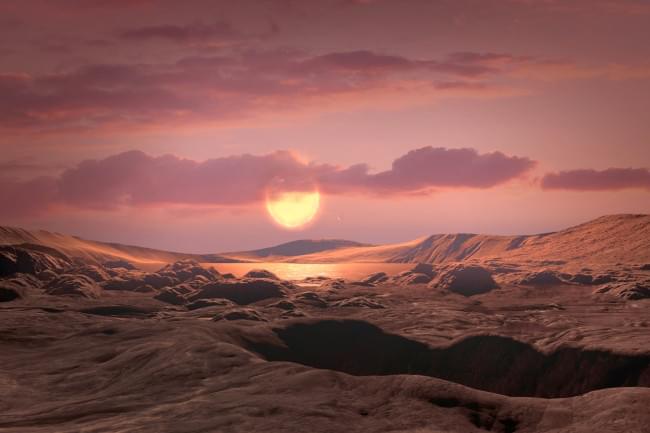
Are there any individuals out there who, like myself, believe that our wonderful planet probably hosts the only lifeforms to be found anywhere? Should this ideed be the case, it places a colossal responsibility upon humankind. A responsibility, I would maintain, to not only share the gift of Earth-life with the silent, barren worlds which surround us but also to do our utmost to safeguard the splendid variety of life, in all of its myriad forms which inhabit our fecund and bountiful planet. If there are like minded folk out there please respond-I would like to link up with the view to working collaboratively. As this will be an extremely lengthy endeavour, probably lasting for many generations, my own area of interest is in popularising the subject among the young.
Life beyond might not exist — or we just don’t know how to find it.

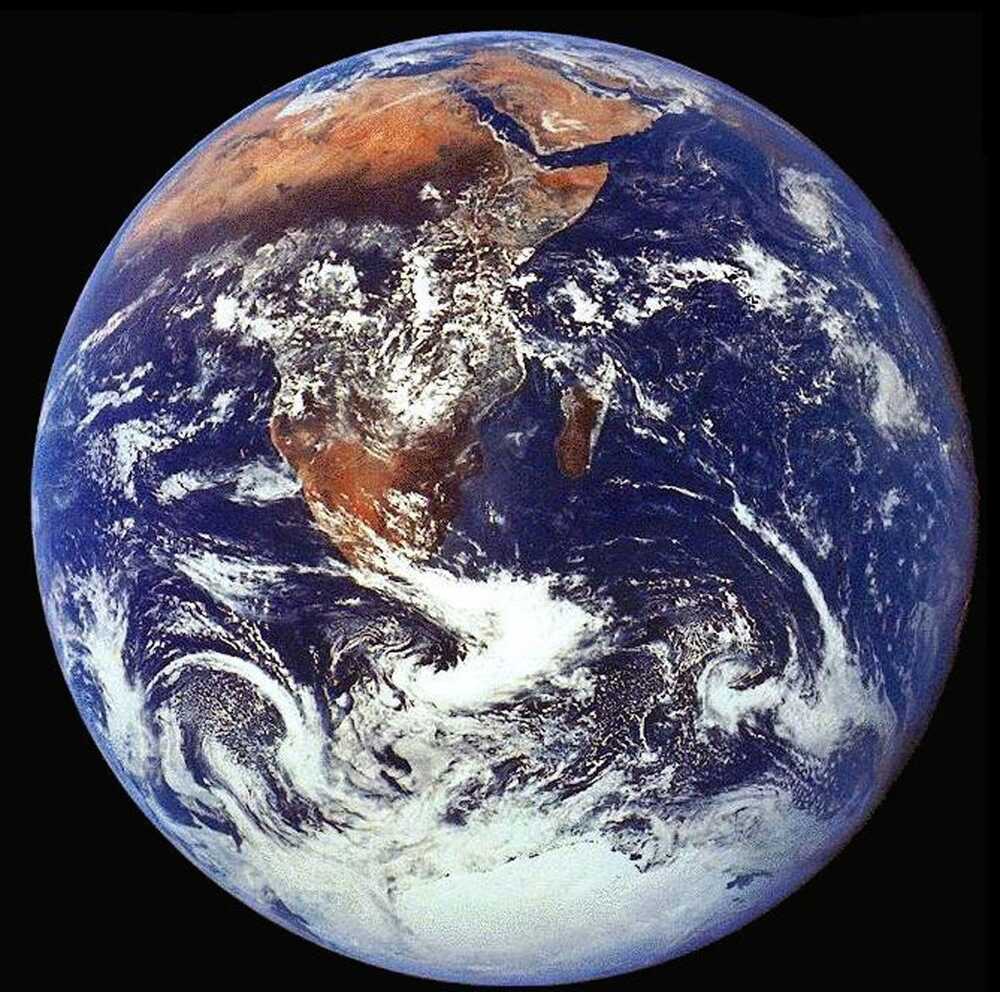
Location, location, location. It matters whether you’re looking for a house — or for humans.

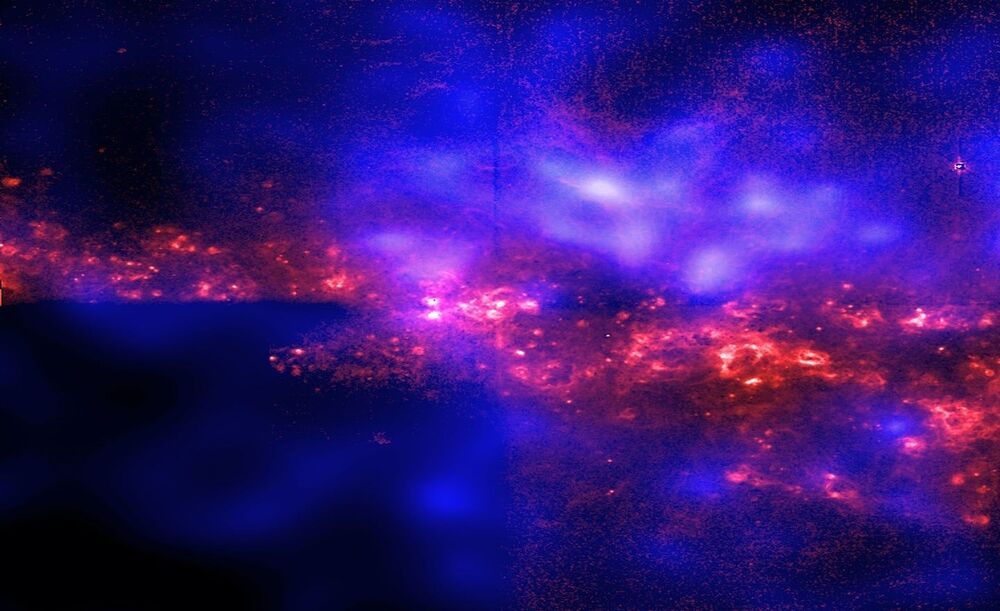
Scientists say in a new report that 1715 star systems have been in a position to view Earth over the past 5000 years.
According to the report published Wednesday in the journal Nature, the study could provide clues on where to look for extraterrestrial life that could have a view of Earth.
The authors wrote that while there has been much research on the position of stars, previous studies did not take into account how the view from star systems has changed over time.